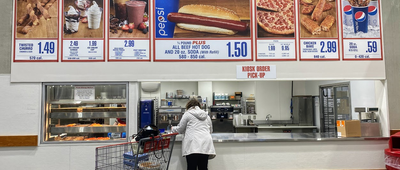From Free to Cha-ching
It seems like everything rings up for a lot more money than it once did, but perhaps worst of all are the things that used to be complimentary but now come with a fee. We’re talking everything from grocery bags and and in-flight meals to verification badges on social media — it now all comes at an extra cost.






















